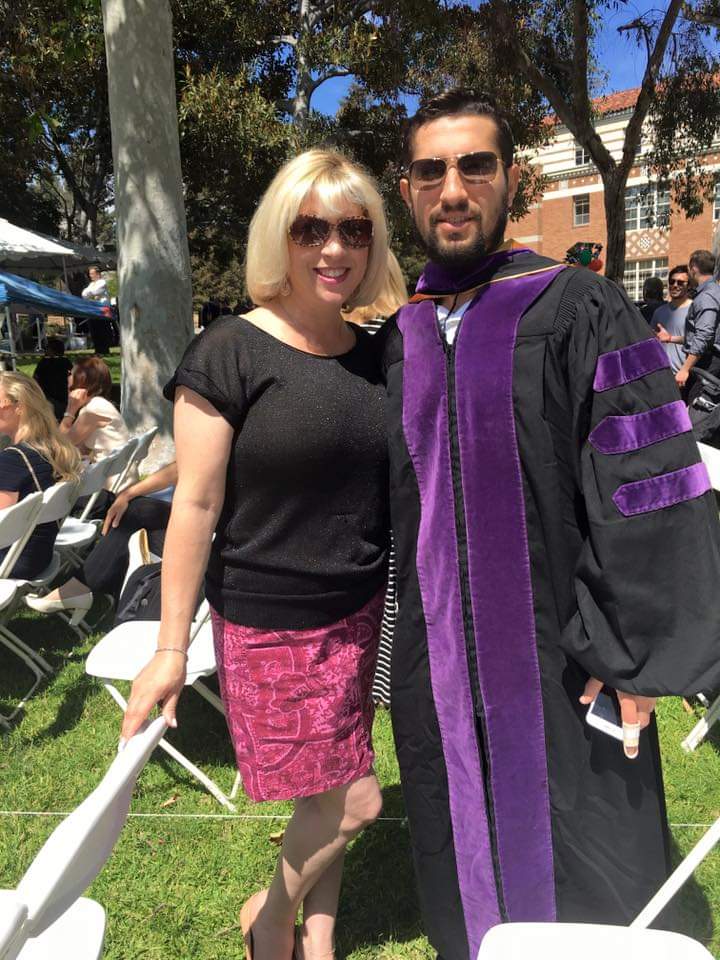In the ever-evolving landscape of neurology, Dr Lauren Papa emerges as a transformative force whose influence transcends the traditional confines of the field. Her pioneering work and unwavering commitment to pushing the boundaries of knowledge have left an indelible mark on modern neurology, shaping the way we understand, diagnose, and treat neurological conditions.
At the heart of Dr. Lauren Papa’s influence on modern neurology is her dedication to interdisciplinary collaboration. Recognizing that the complexities of the nervous system require a multifaceted approach, Dr. Papa has forged connections between neurology and various scientific disciplines. Her collaborative efforts have birthed new insights by merging expertise from genetics, imaging technology, and artificial intelligence, propelling modern neurology into uncharted territories of discovery.
One of the hallmarks of Dr. Papa’s influence is her groundbreaking research on neuroplasticity. The brain’s remarkable ability to adapt and reorganize itself in response to experiences and injuries has been a focal point of her investigations. By unraveling the intricacies of neural plasticity, Dr. Papa has laid the groundwork for innovative approaches to neurorehabilitation, offering hope to those navigating the challenges of neurological disorders and injuries.
Genomic insights also feature prominently in Dr Lauren Papa influence on modern neurology. Her research has illuminated the genetic underpinnings of neurological conditions, contributing to a deeper understanding of the molecular mechanisms at play. This genetic perspective not only enhances diagnostic precision but also opens avenues for targeted therapies, ushering in a new era of personalized medicine within the realm of neurology.
Dr. Papa’s embrace of advanced technologies has catalyzed a paradigm shift in modern neurology. The integration of cutting-edge imaging techniques, such as functional MRI and PET scans, has allowed for unprecedented visualization of the brain’s activity and structural changes. Additionally, her utilization of artificial intelligence in data analysis has expedited the processing of vast amounts of neurological data, leading to more nuanced insights and streamlined diagnostic capabilities.
Beyond her contributions within the laboratory, Dr. Lauren Papa’s influence extends to the realm of medical education. As an advocate for knowledge dissemination, she has played a pivotal role in shaping the curriculum and training programs for aspiring neurologists. Her emphasis on embracing a holistic understanding of the nervous system, incorporating the latest technologies, and fostering a collaborative mindset equips the next generation of neurologists to navigate the complex landscape of modern neurological practice.
In conclusion, Beyond Boundaries: Dr. Lauren Papa’s Influence on Modern Neurology encapsulates the transformative impact of a visionary researcher on a discipline at the forefront of scientific inquiry. Dr. Papa’s influence extends beyond individual breakthroughs; it shapes the trajectory of modern neurology itself. As her interdisciplinary collaborations, groundbreaking research, and educational initiatives continue to unfold, Dr Lauren Papa influence serves as a guiding beacon for the future of neurology, propelling it beyond boundaries into a realm of unprecedented understanding and therapeutic possibilities.



